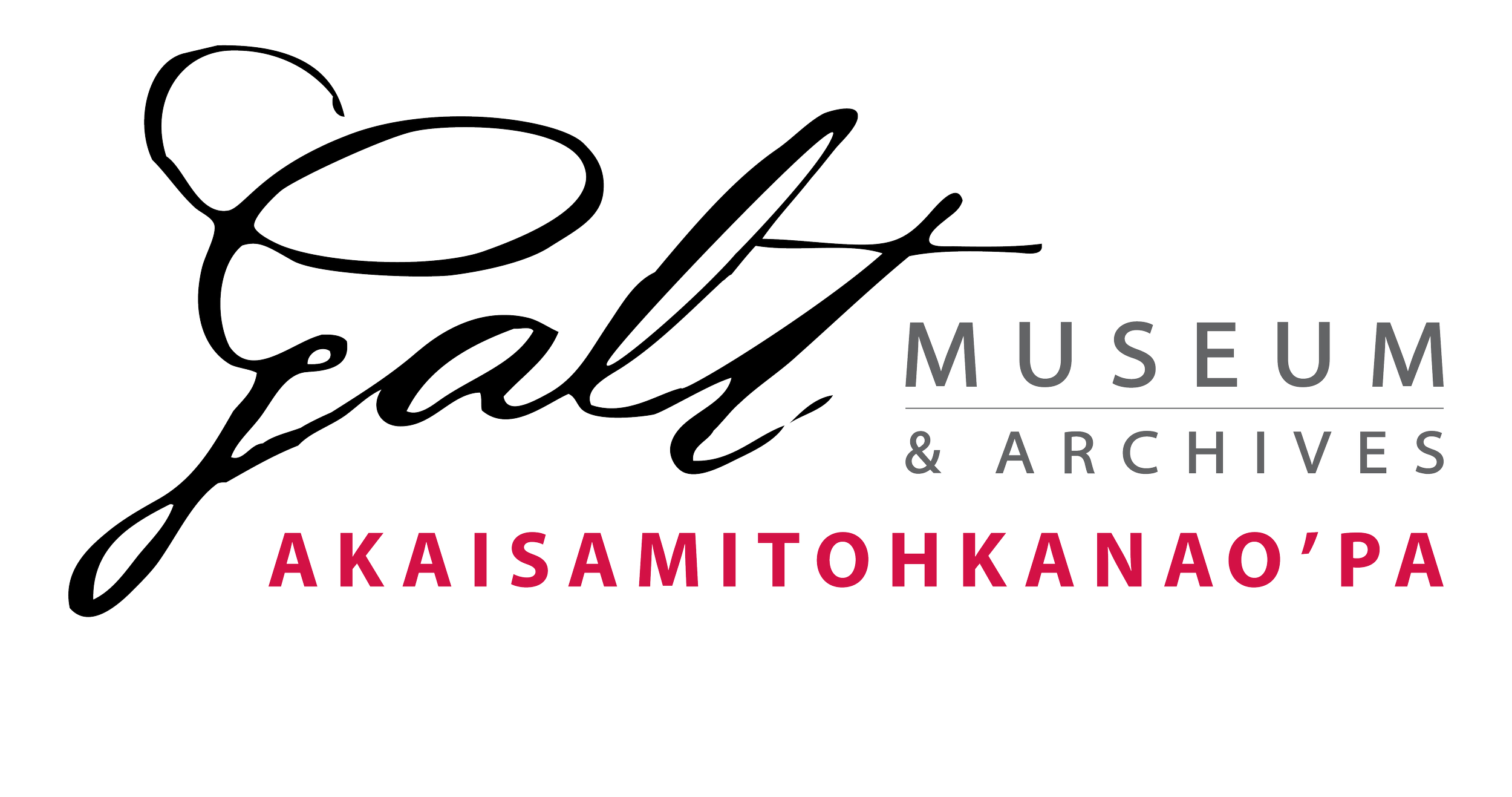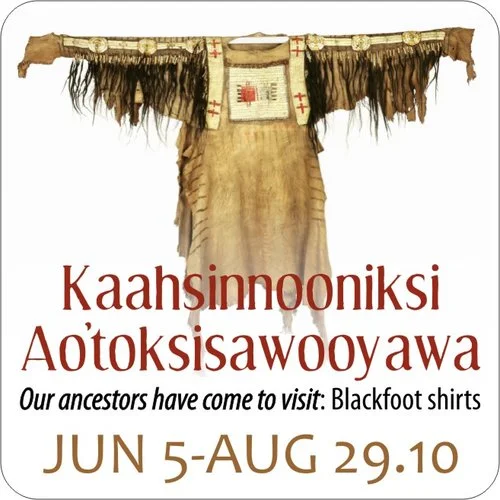Individuals’ experiences differ widely between generations or depending on their own background. Lethbridge today is made up of many shifting queer communities; some are just small groups of friends, while others are larger, more formal organizations.
Read MoreQueer lives are rich, vibrant and compelling. However, we do not tend to think of them when we think of “history.” Even when queer histories are examined, they tend to look at large cities in the United States, like New York and San Francisco—or, in Canadian examples, Toronto, Montreal and Vancouver. So far, very little has been documented about smaller centres like Lethbridge.
Read MoreIn the later twentieth century, traditional department stores faced growing competition from shopping malls, discount retailers and online shopping. The Hudson’s Bay Company, Sears Canada and Zellers all took market share from Eaton’s, and the creation of big-box stores in the 1990s made it difficult to compete.
Read MoreLethbridge Eaton’s was a destination for women to enjoy the afternoon. The store had a soda bar where shoppers could rest and enjoy something to eat and offered the latest fashions, cosmetics and everything a household could need. The store was also an important employer for women in Lethbridge and many worked long careers as “Eatonians.”
Read MoreEaton’s opened its first “TECO” store in Lethbridge in 1927 at the corner of 4 Avenue and 6 Street South. The store became so successful that in 1955 the company built a new, modern building at the same location. Eaton’s became a landmark in Lethbridge and the central shopping hub for residents looking for quality goods.
Read MoreThe Galt Museum & Archives have been entrusted with the care of a set of medals from an Issei (first generation Japanese immigrant) veteran from southern Alberta who fought in the First World War. Pat Sassa donated the medals which were awarded to her Okinawan father, Tomomi Okutake.
Read MoreIn the First World War, eight Issei joined the Canadian army from Raymond. The cenotaph in Raymond lists two of them who died in the war: K. Sugimoto and T. Suda.
Read MoreMiksiksipoksapowowa (Revenge Walker) was the half-sister of Mékaisto (Red Crow). She was politically and socially engaged in her community and her tribe.
Read MoreA diplomat and mother, Natawista played a key role in helping establish treaties and navigate negotiations between American and British traders with Blackfoot tribes.
Read MoreIn 2010, the Galt Museum & Archives hosted an exhibit called Kaahsinnooniksi Ao’toksisawooyawa Our ancestors have come to visit: Blackfoot Shirts.
Read MoreMaking needle books was a trend that began in the 1800s and grew in popularity until around the 1950s. These needle books were designed to hold the different needles a person would need for different fabrics and projects. Usually the needle book was made out of scrap fabric or a fun creative fabric. They were used to organize and secure needles.
Read MoreThe very first school built in Lethbridge was the Lethbridge Public School Building and it had some features that are not at all familiar to schools in Lethbridge today. Constructed in 1888, it included a large fence to keep cattle out of the school yard.
Read MoreThe Plat of Zion used to establish the layout of Mormon colonies in the United States, Mexico and Canada was intended for exactly such mixed usage in the hopes of promoting self-sufficiency and even eliminating crime.
Read MoreHave you ever wondered why the streets in towns like Raymond, Magrath, Stirling and Cardston are so wide? It all has to do with a utopian city planning tool designed by founder of the Mormon Church, Joseph Smith, in June 1833 called the Plat of Zion.
Read MoreIn July 2019, the Galt's Archives received an inquiry about the history of Holiday Trailers Ltd. by an individual who found one of their trailers in a field in British Columbia. They were looking for information on the company to help their efforts to restore this vintage trailer to operation.
Read MoreWilliam Hasulak documented the City of Lethbridge from 1950 to 1990. Hasulak's photographs showcase what our city has to offer. Over the course of 40 years, he captured the changes that Lethbridge experienced. From the Centennial celebration in Brewery Gardens to the first snowfall at Henderson Lake, Hasulak’s photographs mapped out the city’s history.
Read MoreWest Lethbridge was considered a “planners’ dream”—a chance to experiment with contoured streets and a new “neighbourhood village” concept incorporating residential, retail and recreational services.
Read MoreIn the 1880s, Lethbridge went from coal mining camp to boomtown. The population shifted in 1885 from the river valley into a newly surveyed townsite on the prairies. The Southside boomed.
Read MoreBy the early 1980s, 50 of the 100 doctors on staff at St. Michael’s were involved in obstetrics in some way.
Read MoreTo meet the growing demand for nurses, the Sisters of St. Martha applied to the University of Alberta to open a new school of nursing, which was approved in November 1950.
Read More



















